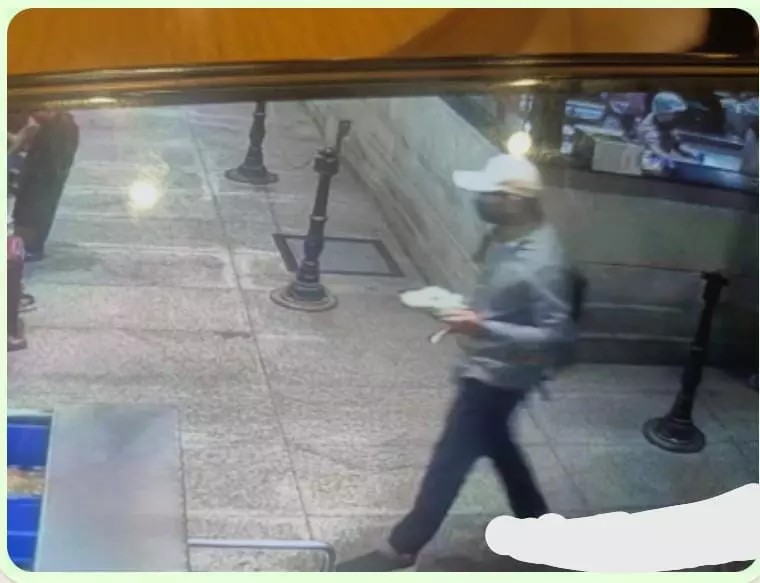
Rameshwaram Café blast: CCTV trail helps retrace suspect’s movements
The impact of the IED, which contained nuts and bolts, was mitigated by the presence of a wall and a tree, said police sources

The National Investigation Agency (NIA) on Wednesday (March 6) released a photo taken from CCTV footage of the main suspect in the Rameshwaram Café bomb blast in Bengaluru and also announced a reward of ₹10 lakh for any member of the public who could provide information leading to his arrest.
The NIA has formally taken over the investigation.
The investigation agency in a post on X assured the public that the identity of the informant would be kept confidential, and has shared its telephone numbers and email id.
Sources have told Indian Express that the investigators, based on CCTV footage from different cameras, have been able to retrace the suspect’s movements before and after the explosion.
The timeline seems to have been as follows:
- The suspect alighted from a public bus at a bus stop about 100 metres from the café at about 10.45 am
- He entered the café at 11.34 am, and left the restaurant at 11.43 am
- He then walked for about a km to another bus stop where he boarded a public bus
- The blast occurred at 12.56 pm
- The suspect seems to have changed several buses both before and after the crime
- He seems to have made multiple stopovers, including at a Muslim religious centre a few kms from the café during his escape
- He discarded the baseball cap he was wearing on his head at one of the stopovers
IED’s impact was diminished
The Improvised Explosive Device (IED) that was used in the blast was placed near a handwash area. However, the impact of the device, which contained nuts and bolts, was mitigated by the presence of a wall and a tree, said police sources. The nuts and bolts flew upward rather than sideways thus minimising the number of injured in the packed café.
The investigation has revealed that the device was kept in a tiffin box bag and was wrapped in fibrous material. It contained sulphur and potassium nitrate, explosives that are easily available. The IED was detonated by bulb filaments that were switched on by a digital timer, according to sources.
The triggering mechanism that was used seems to be similar to the ones used in two other terror incidents in 2022 in Karnataka linked to the Islamic State group that have been under investigation by the NIA, said the same sources.
At least 10 people were injured in the low-intensity blast at the café in the Whitefield locality in Bengaluru on March 1.

